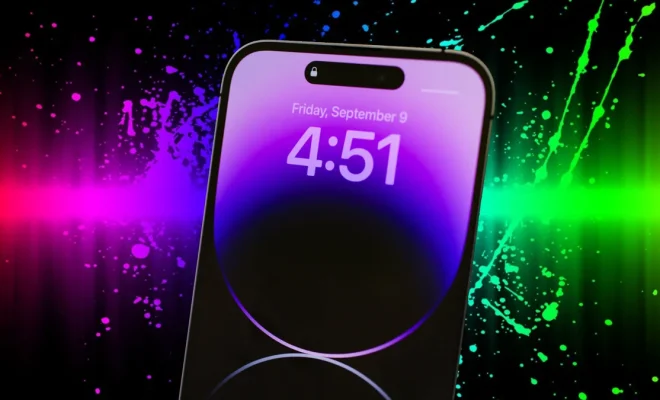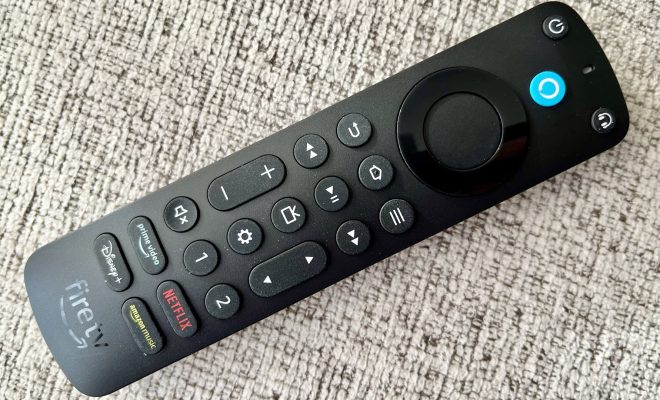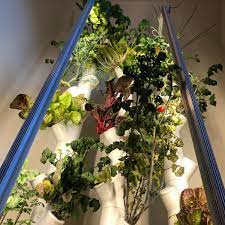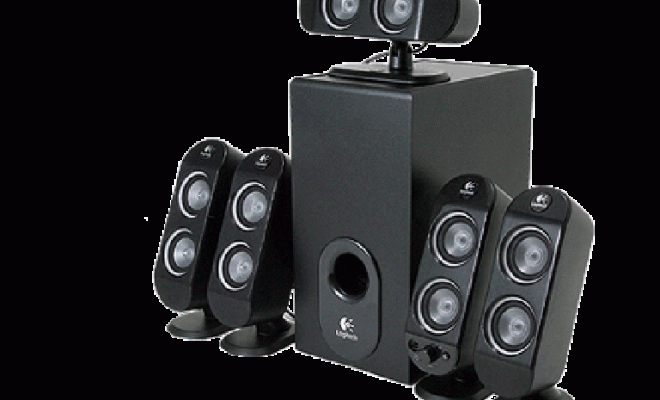Lidar is one of the iPhone and iPad Pro’s coolest tricks: Here’s what else it can do

Apple has been at the forefront of innovation since its inception, and one of the latest tricks up its sleeve is Lidar technology. Integrated into the iPhone 12 Pro, iPhone 13 Pro, and iPad Pro (2020), Lidar unlocks an array of creative possibilities. But what exactly is Lidar, and how does it work? Let’s take a deep dive into this remarkable feature and explore its many uses.
What is Lidar?
Lidar, or Light Detection and Ranging, is a remote sensing technology that measures distances by emitting pulses of laser light. The time it takes for the laser to reflect off an object and return to the sensor is used to calculate distance with high accuracy. Originally developed for aerial mapping, environmental surveying, and autonomous vehicles, Lidar has found a new home in handheld gadgets like iPhones and iPad Pros.
How does Lidar work in iPhones and iPad Pros?
The Lidar scanner in these devices works by sending out invisible infrared beams that bounce off objects in the environment. This process creates a depth map composed of thousands of data points, which enables more accurate distance measurements. Additionally, this technology supports augmented reality (AR) experiences by providing real-time 3D data for developers to build immersive apps for Apple’s ecosystem.
Now let’s explore some of the numerous applications made possible by Lidar in iPhones and iPad Pros:
1. Enhanced Photography: Lidar not only enhances regular photography by enabling more precise autofocus but also takes Night mode to another level. In low light conditions, it provides faster autofocus that significantly improves image quality.
2. Augmented Reality Experiences: Thanks to Lidar’s depth perception capabilities, developers can create immersive AR applications for both entertainment and professional purposes. For example, Apple’s Measure app delivers accurate measurements and allows users to visualize digital objects in their physical surroundings.
3. 3D Scanning and Modeling: With Lidar, users can easily scan their environment and create detailed 3D models of objects, which can then be used for various purposes such as design, animation, or even 3D printing.
4. Indoor Navigation: Lidar can accurately map the interior layout of a building, enabling users to navigate within museums, malls, hospitals, and more.
5. Enhanced Video Conferencing: Lidar’s depth mapping capabilities make it possible for video conferencing apps to detect the background more accurately and apply filters or virtual backgrounds with greater precision.
6. Assistive Technologies for the Visually Impaired: Using Lidar-generated depth information, developers can create assistive applications that provide real-time spatial awareness to the visually impaired, helping them navigate their environment more safely.
In conclusion, Lidar technology not only adds a new dimension to Apple devices but also significantly enhances user experiences. From photography and augmented reality to indoor navigation and assistance for the visually impaired, Lidar is undoubtedly one of the iPhone and iPad Pro’s coolest tricks with many more exciting applications yet to be explored.





